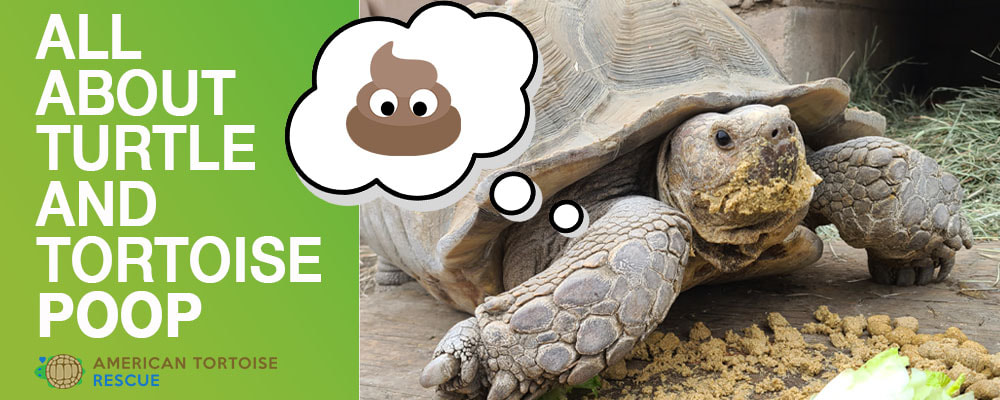|
I am probably one of 10 or fewer people in the world who has uttered the words, “I wish I had more poop to show you.”
Tank, being a sulcata poop expert, has provided a few specimens willingly. The fact is even with so many box turtles, I rarely see a poop. And of course the pond is not going to provide anything either. Turtle and tortoise poop is usually brown to greenish brown in color. Healthy poop is solid and firm, and it may have a slightly grassy or earthy smell (factoid – I have never had the urgxe to smell it). Tortoises may also excrete a white substance called urates, which is a waste product of the kidneys. Urates are usually passed out with the poop, but they may also be passed out separately. You may also see the penis and reproductive organs sometimes when they strain. That’s why it is important to feed a proper died like Mazuri. Turtles and tortoises typically poop once or twice a day, depending on their diet and activity level. The appearance and frequency of turtle and tortoise poop can be a good indicator of their health. If their poop is loose or runny, it may be a sign of an infection or other health problem. If their poop is white or chalky, it may be a sign of kidney problems. If their poop is black or tarry, it may be a sign of internal bleeding. If you see any of these troublesome poops, see an exotic vet (most dog and cat vets do not have experience with turtles and tortoises). Bring a fresh poop sample with you. If you see turtle or tortoise poop, it’s important to clean it up as soon as possible. (I know you are thinking, no duh!) If you have more than one turtle or tortoise, this can help prevent the spread of diseases. Here are some additional facts about turtle and tortoise poop:
Comments are closed.
|
Please post an email with your comment or email info@tortoise.com if you want a personal answer for a blog question! Archives
November 2023
Categories
All
|



 RSS Feed
RSS Feed